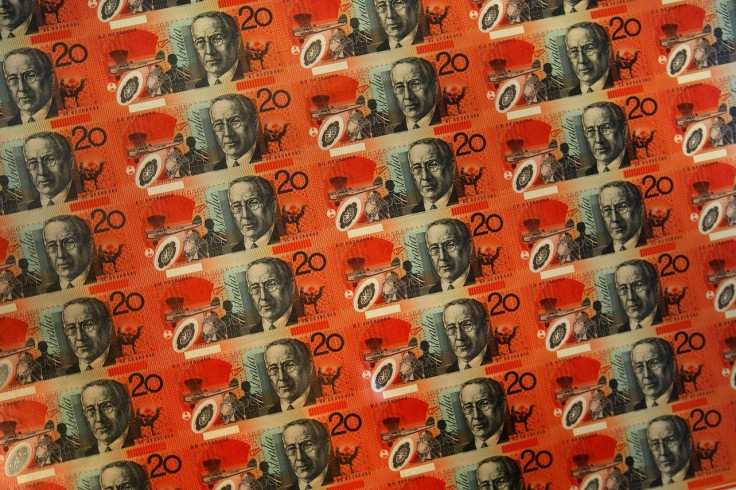Fed rate decision: Australian dollar rises to a high then retracts to a low

The decision of the U.S. Federal Reserve to keep interest rates unchanged at its existing record lows led to some wild fluctuations in the Australian dollar. The initial reaction saw the currency zooming to a high at US72.77 cents -- a three-week peak. But the gains were soon wiped out as investors understood the outcome of the Fed meeting was only a deferment of the planned hike.
At 0700 AEST on Friday, the Australian dollar was trading at 71.67 U.S. cents, down from 71.85 cents on Thursday, the Australian reported. For Australian markets, another key event to watch out would be the testimony by Reserve Bank of Australia governor Glenn Stevens to the House of Representatives Economics Committee in Canberra.
Deferred hike
National Australia Bank currency strategist Emma Lawson explained the initial rise of the Australian dollar as a reaction to a weaker U.S. dollar but it fell as soon as the Fed chief Janet Yellen held her post-meeting press conference and indicated that a rate hike is not far off and may come after a few months.
“She, basically, provided a guide to the fact that this was a postponement of a hike, not a cancellation,” Lawson said.
The Federal Reserve’s decision to retain the current interest rates followed a vote among the nine members of its Federal Open Market Committee. The majority voted to hold the key federal funds rate. Jeffrey Lacker, the lone dissenter favoured a 0.25 percentage point rise.
“We've long expected to see some slowing in Chinese growth over time as they rebalance their economy. There are no surprises there. The question is whether or not there will be a risk of a more abrupt slowdown than most analysts expect," the Fed chairwoman Yellen told a press conference.
The futures market is expecting that the Fed will raise its rate by the end of 2015. According to BK Asset Management’s Managing Director, Kathy Lien, the Fed’s outlook for the economy has not changed.
“They still believe the U.S economy is performing. They want to see further improvement in the labour market and, hopefully, inflation before raising interest rates,” Lien said.
Policymakers are expecting that when the Federal Reserve eventually raise interest rates, it will come like calibrated increases. It may start with 0.25 of a percentage point in 2015, followed by one percentage point in 2016 and then a further 1.25 percentage point increase in 2017, the BBC reported.
Bright indicators
The central bank of the U.S. is seemingly buying more time even as unemployment rate continues to move in the right direction and the housing market grows stronger. Business confidence is also riding high. Despite all these positive signs, Fed members have decided to wait as they feel the economy is not yet ready to digest the higher rates.
For feedback/comments, contact the writer at feedback@ibtimes.com.au or let us know what you think below.





















